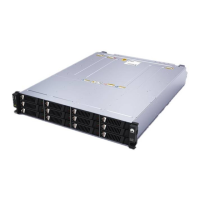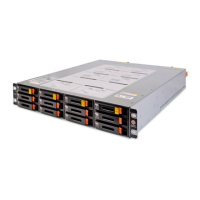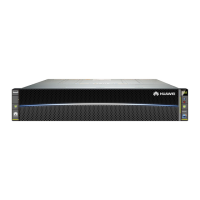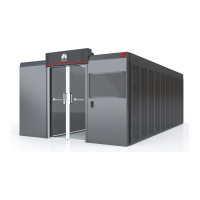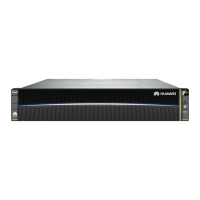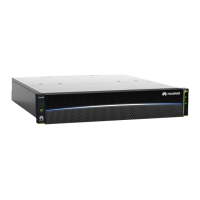Basic Requirements
● Do not expose battery packs at high temperatures or around heat-generating
sources, such as sunlight,
re sources, transformers, and heaters. Overheating
battery packs may cause res or explosions.
● To prevent leakage, overheating,
res, or explosions, do not disassemble, alter,
or damage battery packs (for example, insert foreign objects into battery packs
or immerse battery packs in water or other liquids).
● The
re hazard of the lithium-ion/sodium-ion battery energy storage system is
high. Consider the following safety risks before handling battery packs:
● Battery electrolyte is ammable, toxic, and volatile.
● Battery thermal runaway can generate ammable gases and harmful
gases such as CO and HF.
● The accumulation of ammable gases generated from battery thermal
runaway may cause deagration and explosion.
● If a battery pack is accidentally exposed to water, do not use it. Move it to a
safe place for isolation and dispose of it in a timely manner.
● Install battery packs in a dry, clean, and well-ventilated environment that is
free from sources of strong infrared radiation, organic solvents, and corrosive
gases. Do not expose the battery packs to direct sunlight or rain.
● Battery packs must be stored in a separate room and inside the packaging. Do
not store battery packs together with other materials or in the open air. Do
not stack battery packs too high. The site must be equipped with
qualied re
suppression facilities, such as reghting sands and re extinguishers.
● Check the
re safety of the ESS regularly, at least once a month.
● Do not remove the battery pack packaging before use. Battery packs should
be charged by professionals in accordance with the requirements. Put battery
packs back to their packaging after charge during storage.
● In an outdoor scenario, you are advised to power on battery packs within 24
hours after unpacking. If the battery packs cannot be powered on in time,
place them in a dry indoor environment without corrosive gases.
● Place battery packs according to the ''this side up'' sign or label on the
packing case to prevent electrochemical cell leakage.
● The battery packs should be protected from impact.
● Move battery packs in the correct direction. Battery packs cannot be placed
upside down or tilted.
● Use battery packs within the
specied temperature range. When the ambient
temperature of the battery packs is lower than the allowed range, do not
charge the battery packs to prevent internal short circuits caused by
crystallization during low-temperature charging.
● Dispose of waste battery packs in accordance with local laws and regulations.
Do not dispose of battery packs as household waste. Improper disposal of
battery packs may result in environmental pollution.
LUNA2000-2.0MWH Series Smart String ESS
User Manual 1 Safety Information
Issue 08 (2022-11-15) Copyright © Huawei Technologies Co., Ltd. 16
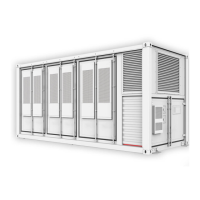
